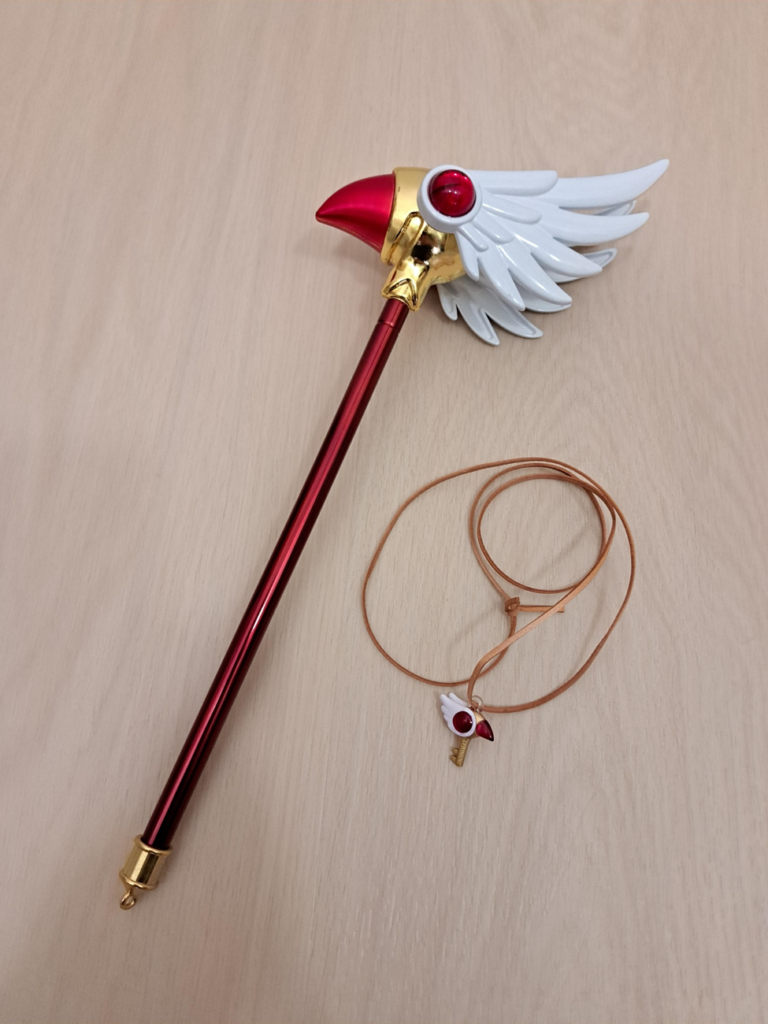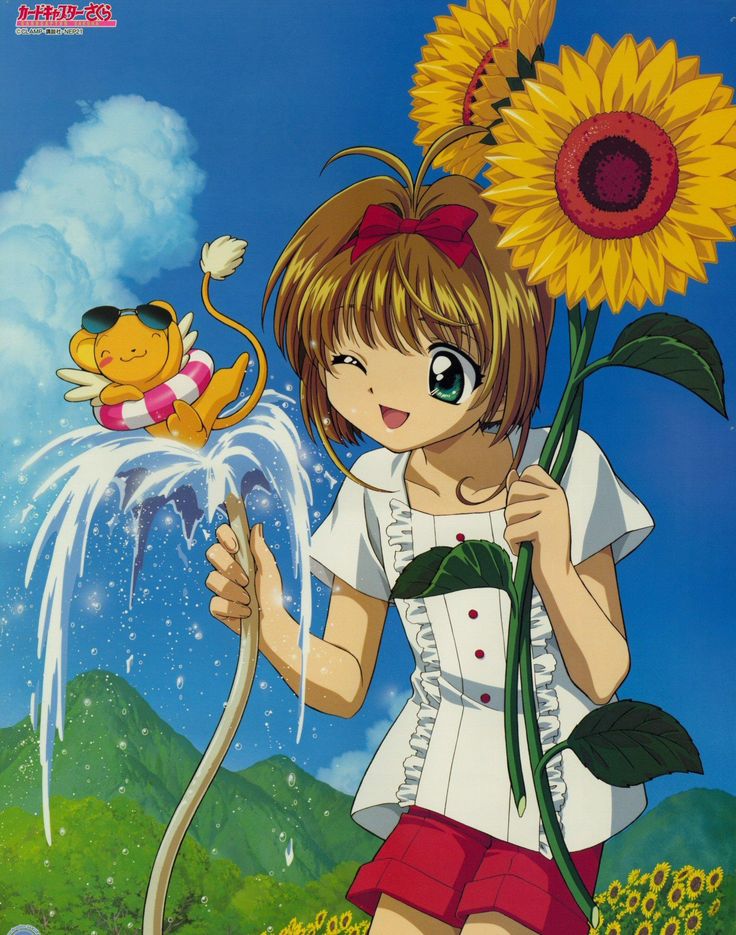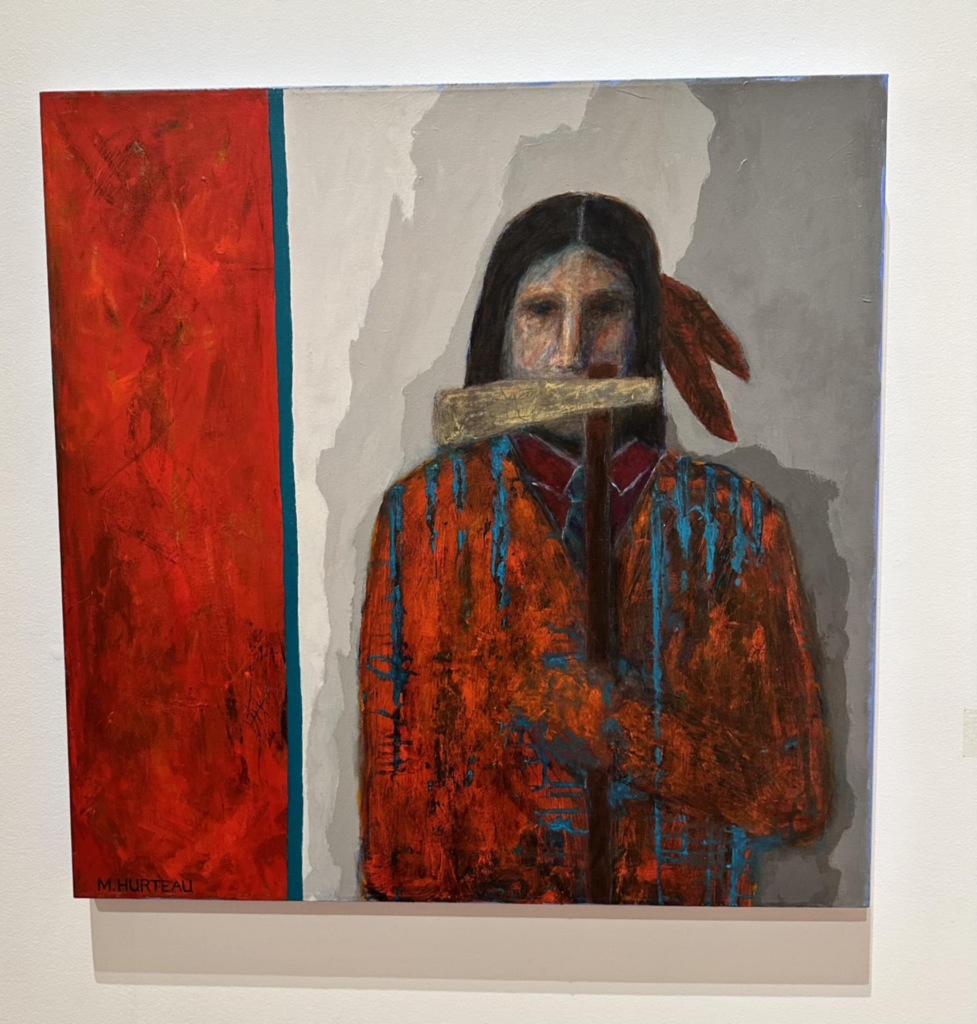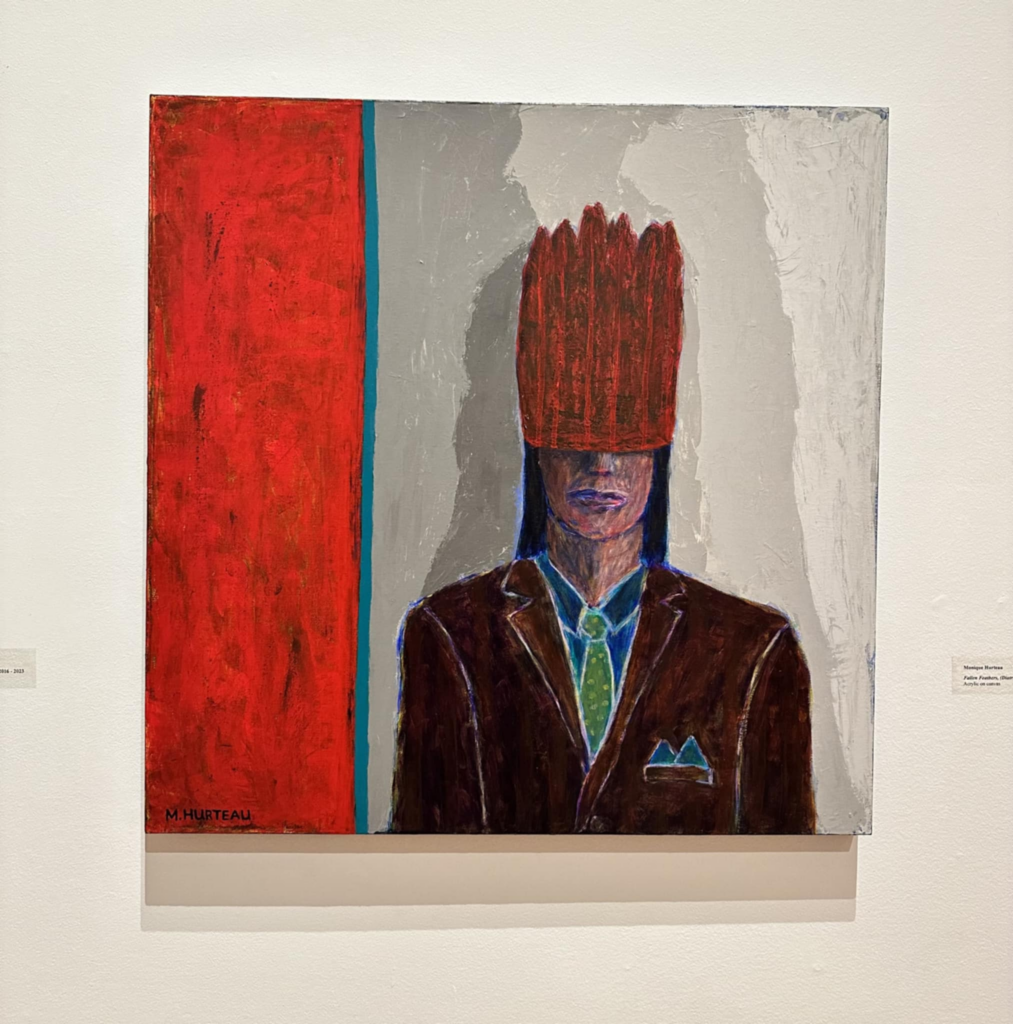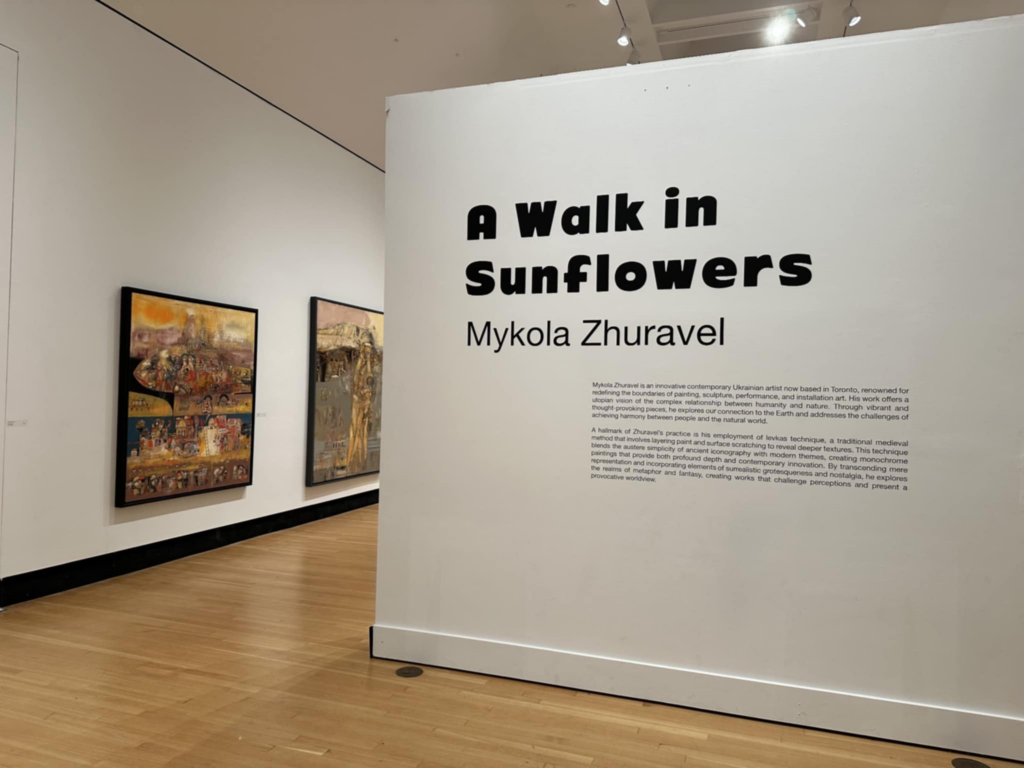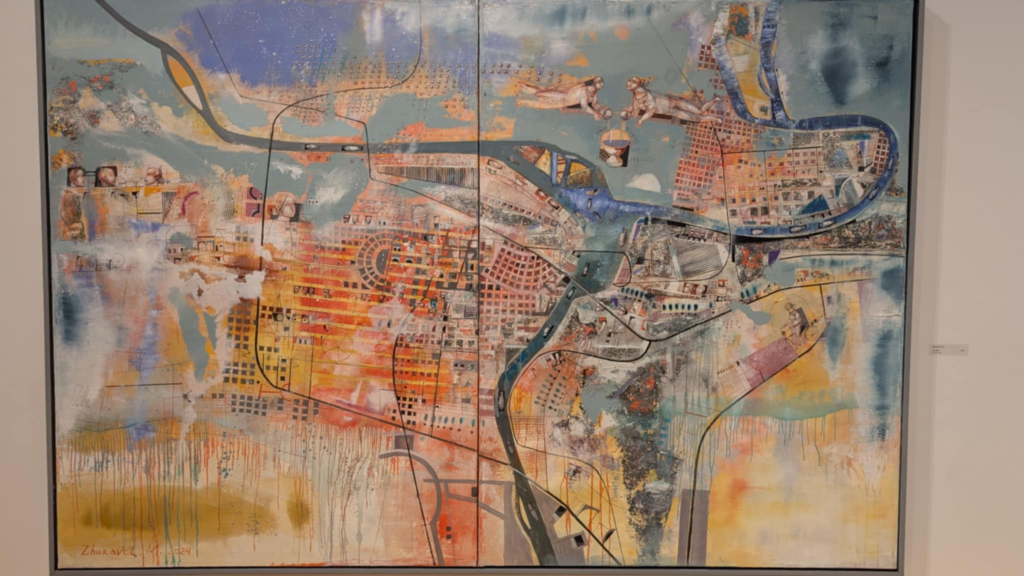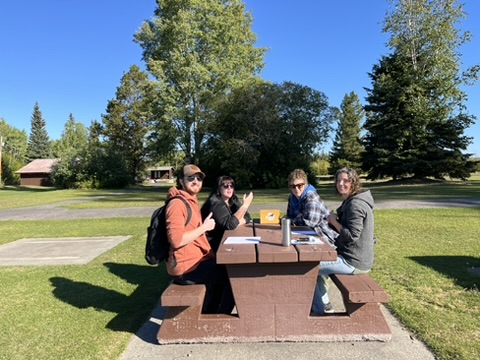Trust in the B.C. Curriculum (It’s Like a Compass, but for Teaching)
Think of the curriculum as a compass, guiding you and your students through the educational journey. There are countless routes to reach the destination, just as there are many ways for students to engage with the material and demonstrate their understanding. The curriculum acts as a guide, offering direction, but it’s up to you to choose how to navigate through the trees.

Teaching Reflects the Inner Self
Parker Palmer’s concept of teaching as a mirror to the soul highlights how our struggles, insecurities, and joys influence how we connect with students. To teach effectively, we must embrace self-awareness and authenticity, integrating our whole selves into the learning process.

Empathy Dismantles Shame
Brené Brown highlights empathy’s importance as the antidote to shame. In classrooms, vulnerability builds trust and shows students they are safe to do the same. Prioritizing positive behaviors while valuing self-worth helps foster resilience and ensures all students feel joy, creativity, belonging, and love.

Relationships Are the Heart of Learning
Rita Pierson’s words, “Kids don’t learn from people they don’t like,” emphasize the power of connection in education. Building trust and showing kindness create spaces where students feel seen and supported, unlocking their potential for growth and learning.

Reconciliation is a Gift
Kevin Lamoureux reframed reconciliation as a gift from Indigenous communities, not an obligation. Understanding our collective history is essential, and education must challenge dominant narratives, amplify Indigenous voices, and pave the way for meaningful change.

Creativity Needs a Comeback
Sir Ken Robinson’s critique of education killing creativity inspired me to think differently about teaching. Education should empower students to stretch their intellectual wings, embracing inquiry-based learning and creative problem-solving across all subjects. Teach every subject as we would teach dance!
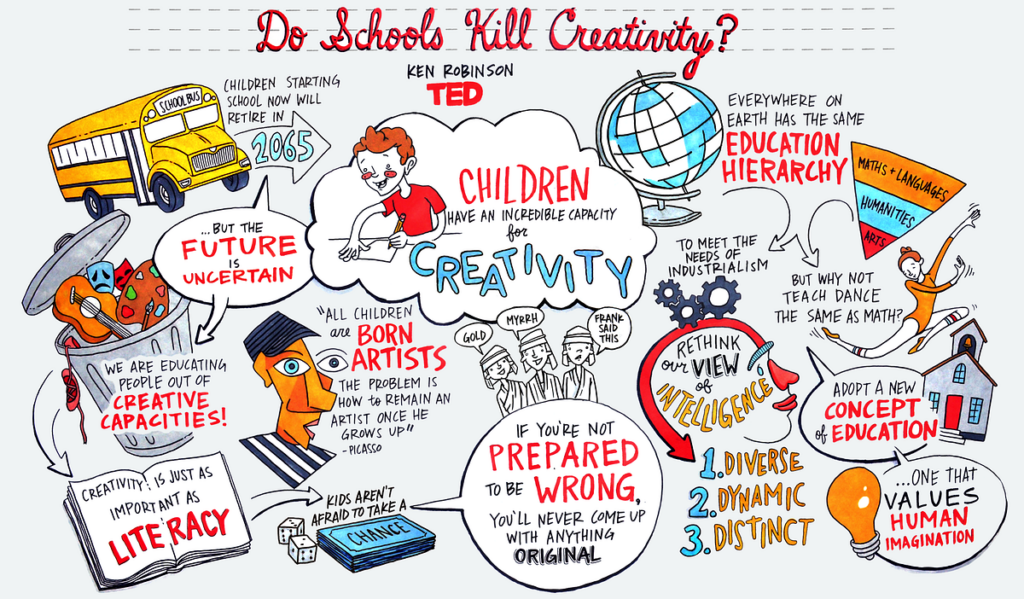
Assessment as a Tool for Growth
Shifting from summative to formative assessment transforms learning. Encouraging self-reflection and using feedback as a growth tool helps students become self-motivated learners, fostering independence and ownership over their progress.

The Power of Student-Driven Learning
Shelley Wright’s advocacy for student-centered learning inspired me to rethink the classroom dynamic. Students should have a voice in shaping their education, allowing them to pursue passions and learn collaboratively within a supportive community.
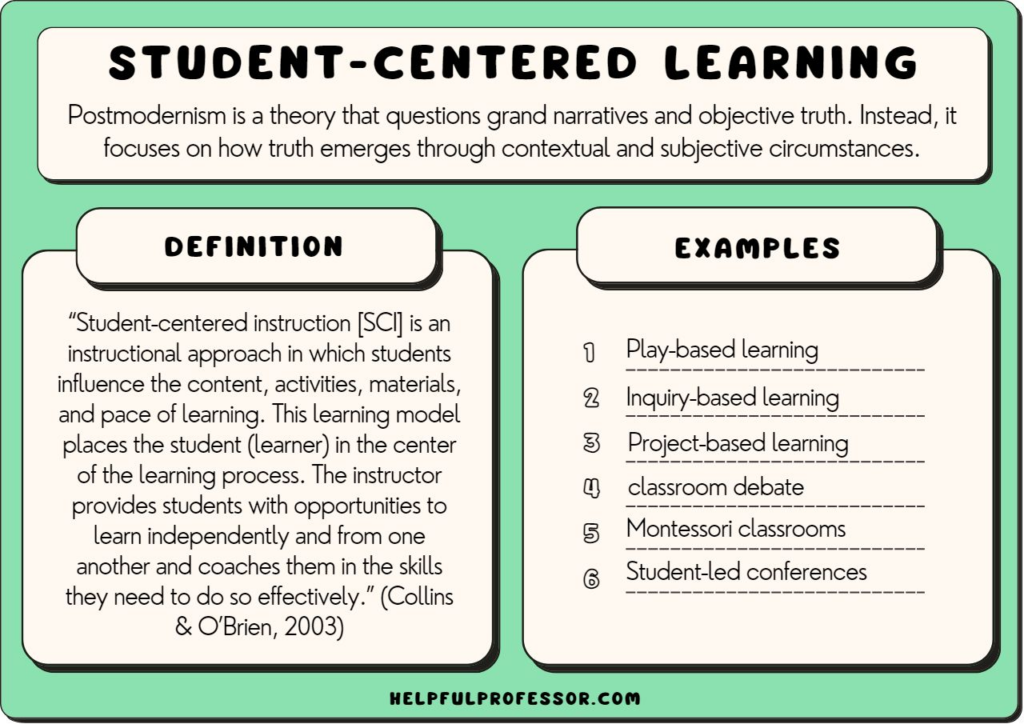
Harnessing the Power of GEEK
Ryan Radford’s idea of “keeping up with the geeks” reminded me of the importance of staying current with technology. Embracing tools like 3D printers can bridge gaps between education and industry, preparing students for meaningful careers while igniting their passions. Plus, they make some pretty cool stuff!
Curriculum Should Be Dynamic and Contextual
Curriculum is not static; it evolves through dialogue and interaction and it evolves over time. By understanding social, cultural, and economic contexts, educators can adapt teaching to meet students’ needs, making learning relevant and impactful.

This semester has been a journey of growth, introspection, and discovery. These lessons will shape my practice as I strive to create classrooms where curiosity thrives, connections deepen, and every student feels seen and supported.
Teaching is more than imparting knowledge; it is an act of love, courage, and constant learning. As I continue this journey, I look forward to applying these insights to help my students explore their potential and embrace the joy of lifelong learning.

